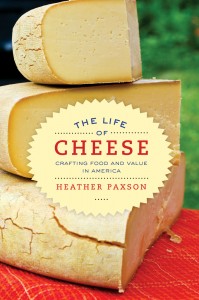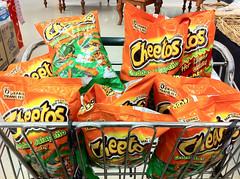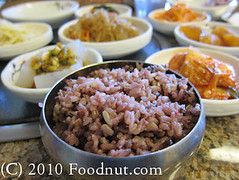
Originally published March 6, 2018.
In the United States, poor parents face intense scrutiny for their purchasing decisions, especially for buying unhealthy food for their children. New research sheds light parents’ decisions to buy or not buy junk food for their kids. In a recent op-ed for the Los Angeles Times, Priya Fielding-Singh explains that junk food consumption is an emotionally-rooted decision for impoverished parents.
Fielding-Singh observed the food-purchasing habits of 73 families. Families experiencing poverty honored their children’s requests for junk food more often than affluent parents. For poor families, junk food was one of few affordable luxuries. It was sometimes the only chance for parents to say “yes” to something their kids asked for. Fielding-Singh notes,
“For parents raising their kids in poverty, having to say ‘no’ was a part of daily life. Their financial circumstances forced them to deny their children’s requests — for a new pair of Nikes, say, or a trip to Disneyland — all the time. This wasn’t tough for the kids alone; it also left the poor parents feeling guilty and inadequate.”
More affluent parents, on the other hand, had the means to grant these more indulgent requests. Saying “no” to junk food was their way of encouraging their children to have better dietary habits, as well as discipline and willpower. This doesn’t mean poor parents were unconcerned with their children’s nutrition. According to Fielding-Singh, “poor parents honored their kids’ junk food requests to nourish them emotionally, not to harm their health.” So, health disparities are not just about lacking healthy options or resources. This research shows that we also need t0 consider the emotional side of decision-making related to health.









 The
The